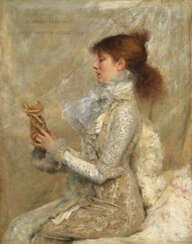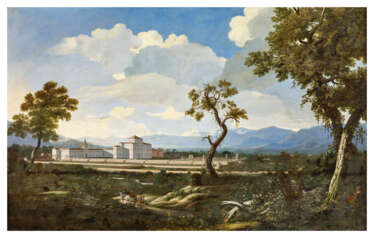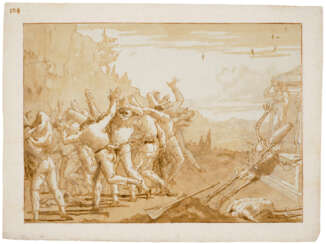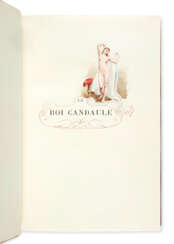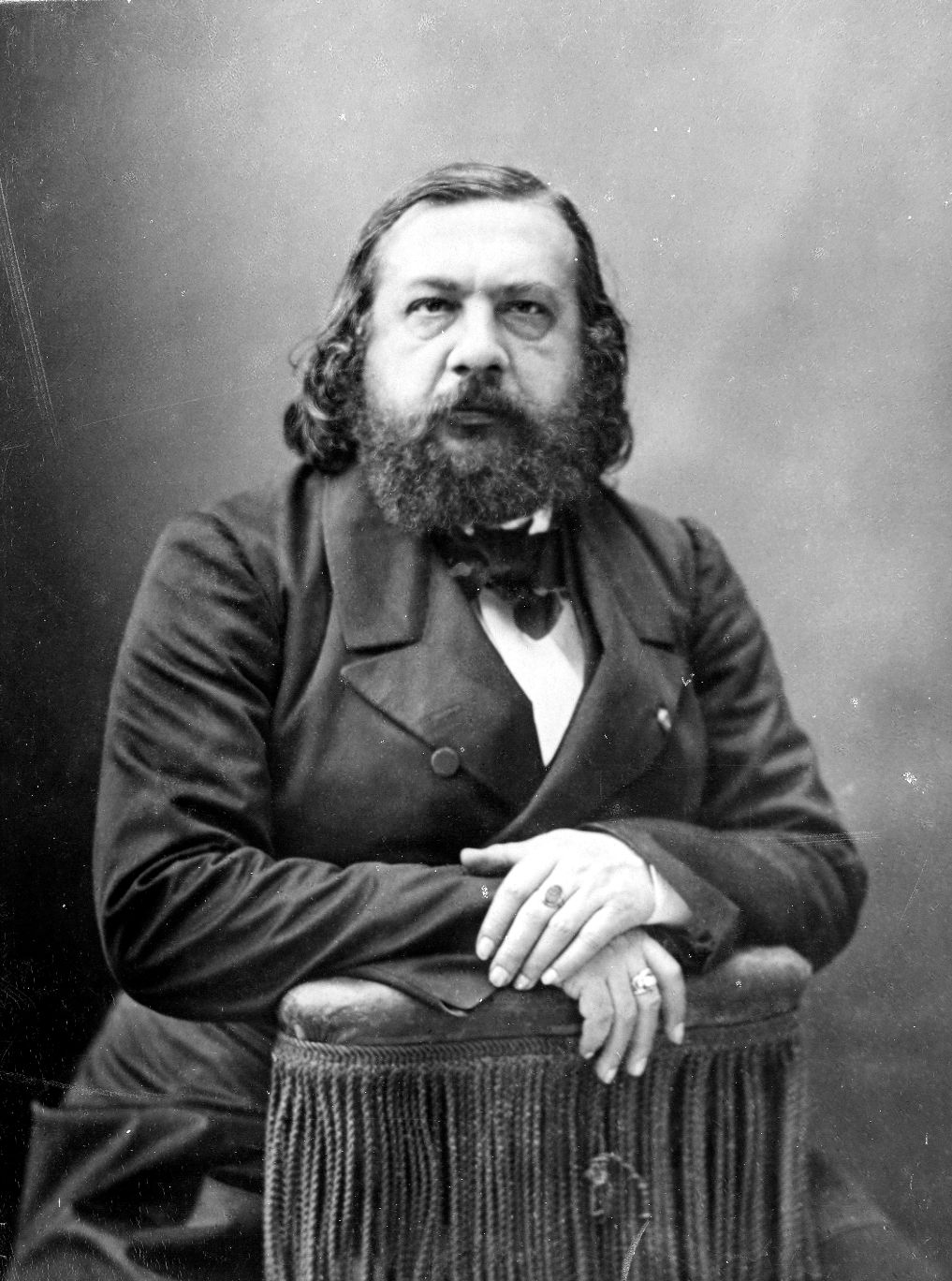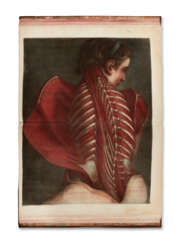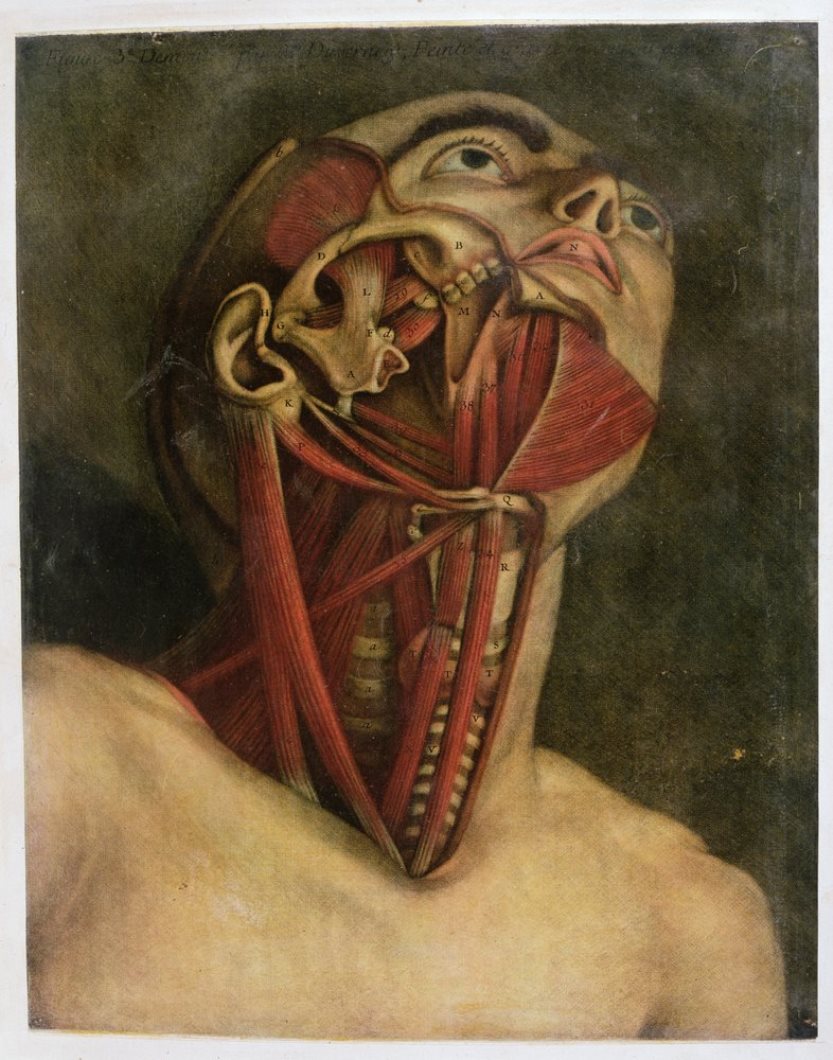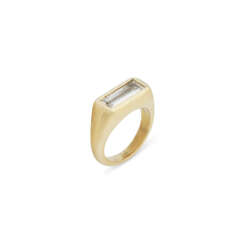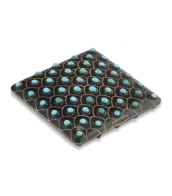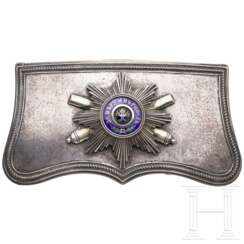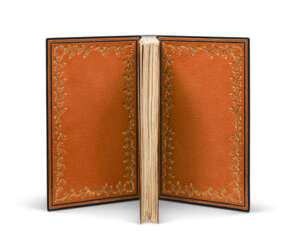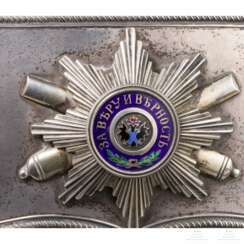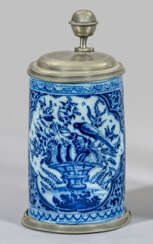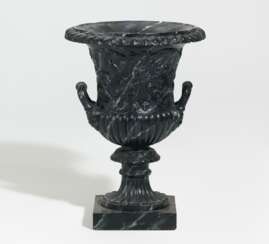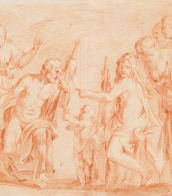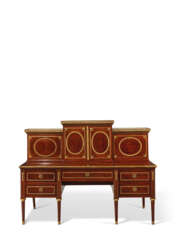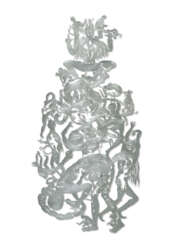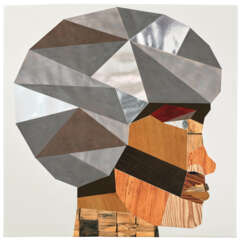vénétie
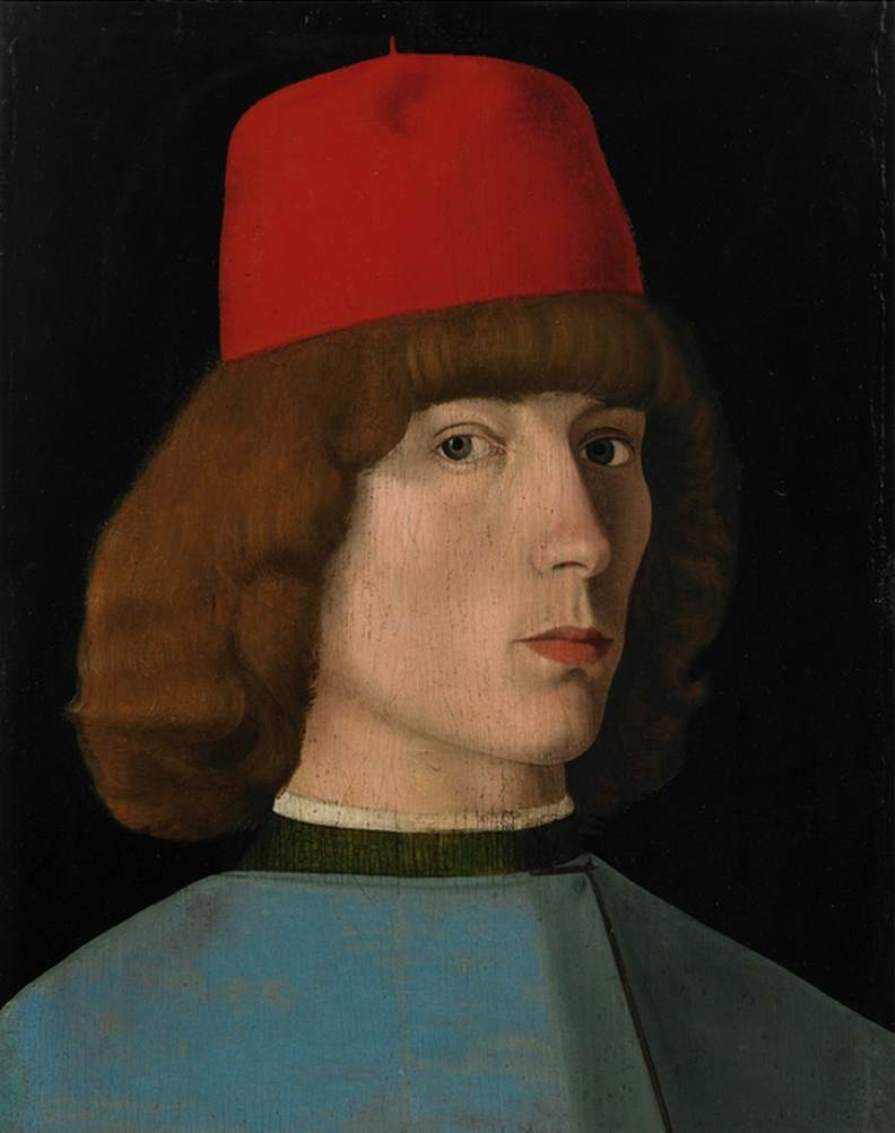
Jacopo da Valenza was an Italian Renaissance painter.
He worked between 1485 and 1509 in many churches in the Belluno and Vittoria districts of Veneto, creating altarpieces and altarpieces. Two of his most important works are now preserved in Vittorio Veneto, in their original locations: the Madonna and Child on the Throne in the cathedral of Ceneda, 1484, and the Madonna and Child in the church of San Giovanni Battista di Serravalle, 1502. Some works are in museums in Italy.

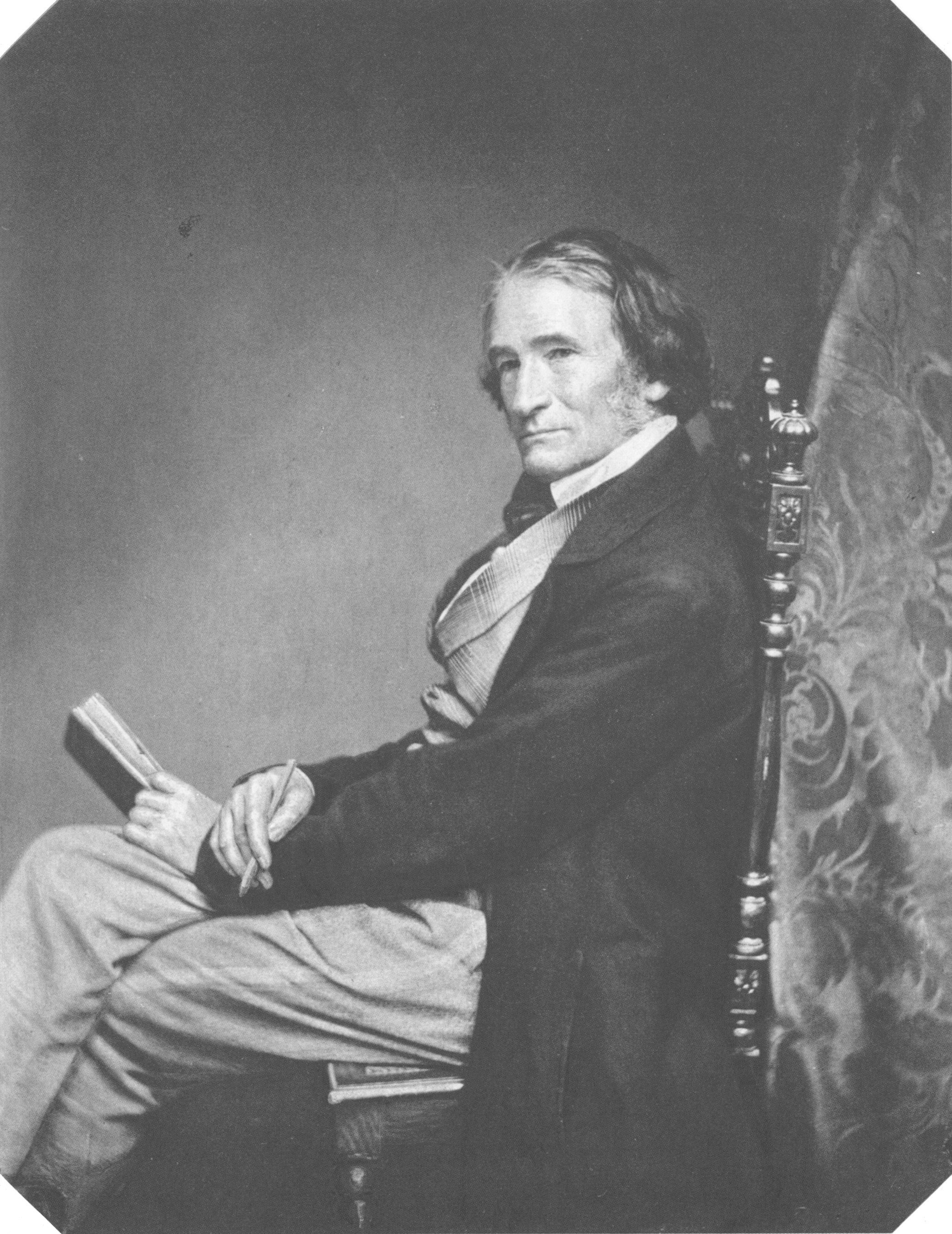
Joseph Karl Stieler was a German painter. From 1820 until 1855 he worked as royal court painter of the Bavarian kings. He is known for his Neoclassical portraits, especially for the Gallery of Beauties at Nymphenburg Palace in Munich, as well as his emblematic portrait of Ludwig van Beethoven, which has become one of his most famous works.


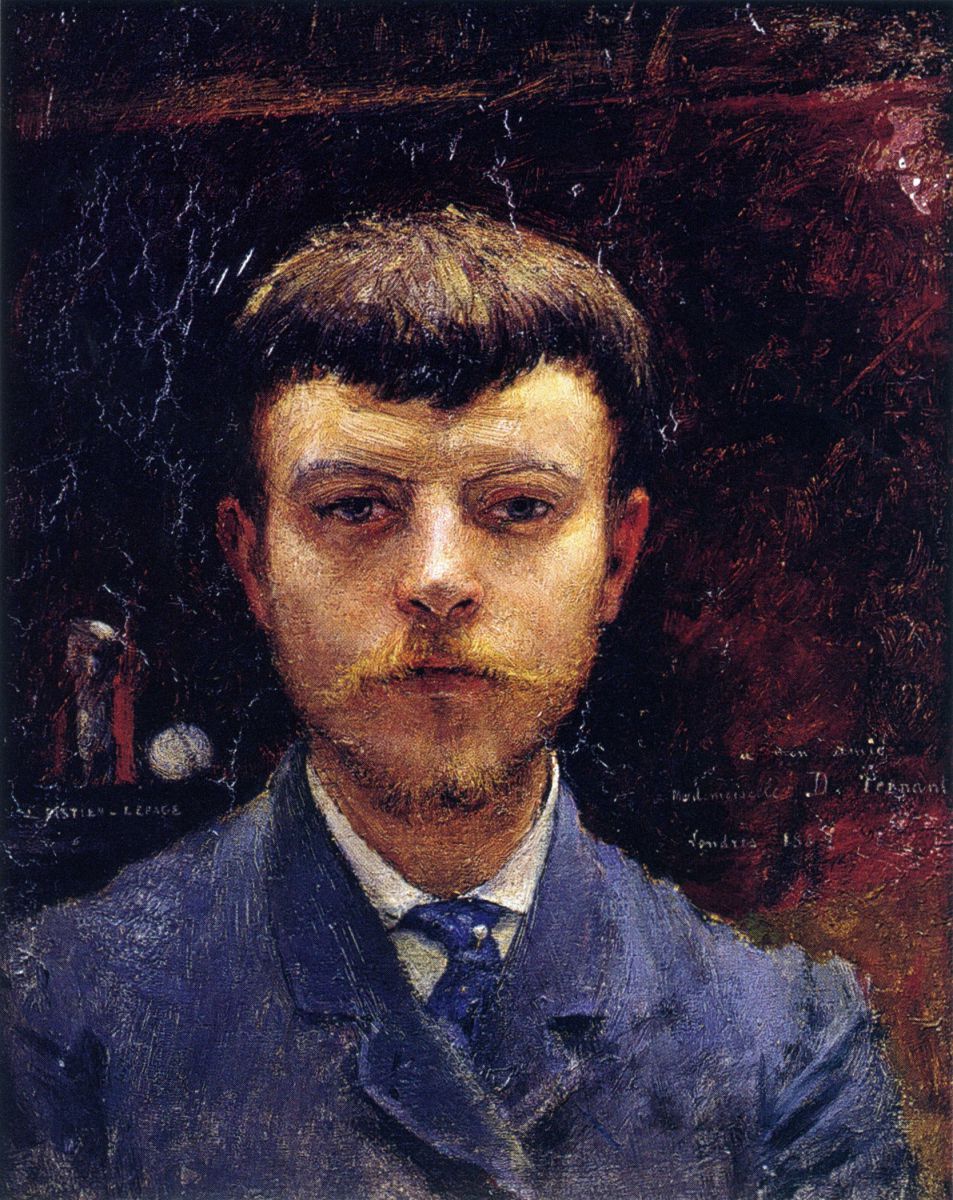
Jules Bastien-Lepage was a French painter closely associated with the beginning of naturalism, an artistic style that emerged from the later phase of the Realist movement.
His most famous work is his landscape-style portrait of Joan of Arc which currently resides at the Metropolitan Museum in New York City.

 de Heusch.jpg)
Jacob de Heusch was a Dutch painter of the Golden Age of Dutch painting. He is known for his Italian landscapes and vedutas.

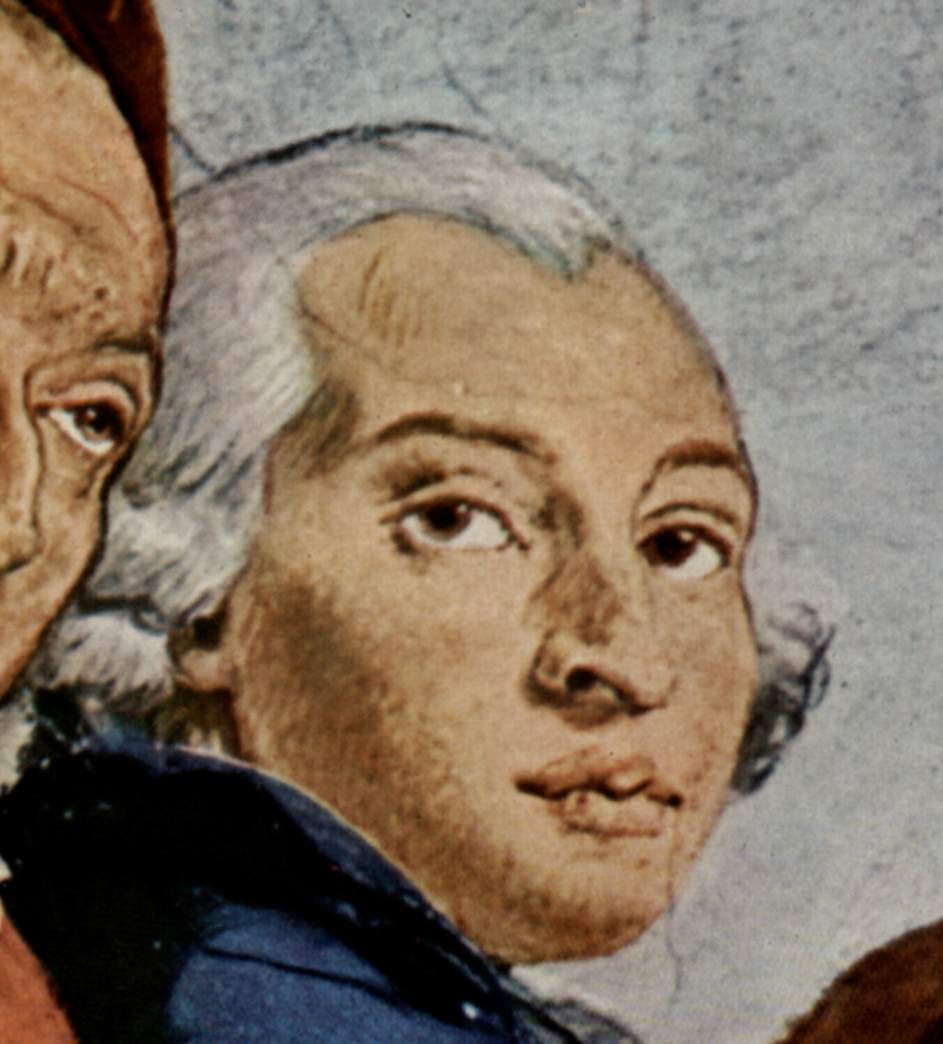
Giovanni Domenico Tiepolo, an Italian painter, was a remarkable figure in the 18th-century art world. The eldest surviving son of the famed Giovanni Battista Tiepolo, Domenico not only assisted his father but also carved out his own niche in the realms of painting and etching. His work, encompassing a broad array of subjects from religious themes to lively genre scenes and character sketches, reflects a blend of the allegorical grandeur inherited from his father and his own more grounded and observational approach.
Domenico Tiepolo's artistic legacy includes a significant contribution to printmaking, particularly in etching, where he reproduced both his and his father's paintings, alongside original compositions. Among these, the series of twenty-four illustrations of the "Flight into Egypt" and a set depicting the "Stations of the Cross" stand out as notable examples of his originality and skill in capturing narrative depth. His works are held in prestigious collections worldwide, such as the Prado Museum, The Art Gallery of New South Wales, and the National Gallery in London, underscoring his international acclaim and the enduring appeal of his art.
Despite being somewhat overshadowed by his father, Giovanni Domenico Tiepolo's contributions to the art world are significant. His ability to infuse his works with a sense of immediacy and emotional depth, while still engaging with the theatricality and elegance characteristic of the period, marks him as a pivotal figure in the transition from the grandiose Baroque to a more intimate and observant Rococo style. This duality is perhaps best represented in his genre scenes and character studies, which offer a glimpse into the daily life and cultural milieu of 18th-century Venice.
For collectors and experts in art and antiques, Domenico Tiepolo's works represent a fascinating intersection of historical significance and artistic merit. His prints and paintings not only reflect the cultural and artistic vibrancy of his era but also offer insights into the personal and professional dynamics within one of the most celebrated artistic families of the time.
To stay updated on sales and auction events related to Giovanni Domenico Tiepolo's works, signing up for newsletters from relevant art institutions and auction houses is recommended. These updates can provide valuable information for collectors and enthusiasts eager to enhance their collections with pieces by this distinguished artist.

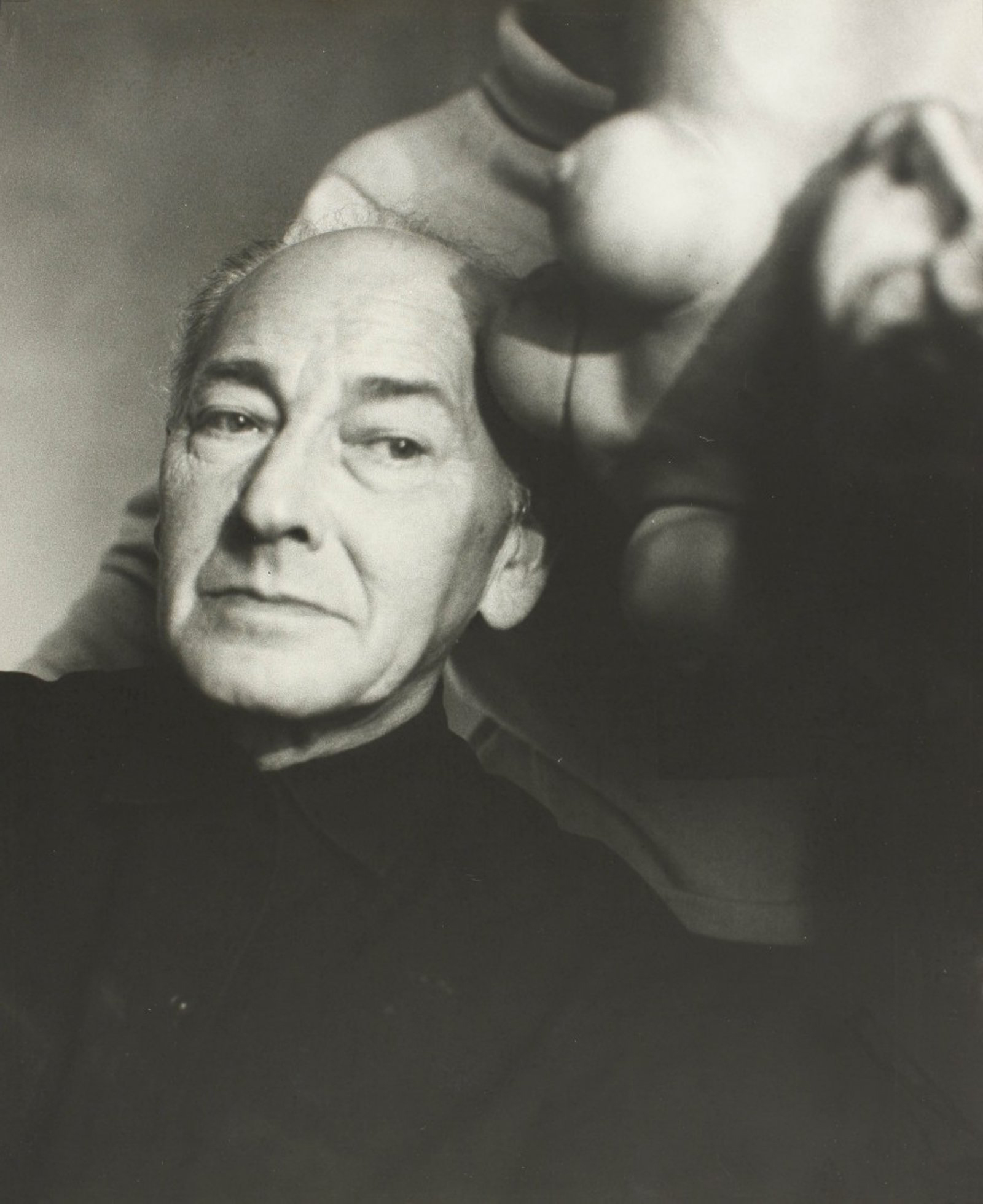
Hans Bellmer was a German graphic artist, sculptor, photographic artist, illustrator, and writer who spent most of his life in France.
In the 1930s Bellmer began working on the eroticized image of the deformed doll, contrasting it with the aesthetics of the "classical" body in Hitler's Germany. His graphic and literary explorations focus on the dismemberment and liberation of bodies. Bellmer's surrealist works are violent and provocative: they include puppet sculptures composed of the bodies of nude models, photographs, and prints.
In 1934, 18 photographs of dolls were published in the Parisian surrealist magazine Minotaur, and the Nazi regime declared Bellmer's art degenerate. In 1938, Bellmer emigrated to France.
After the end of the war, the artist continued his work, adding poetry to painting. He also authored illustrations for many works, particularly on erotic themes.
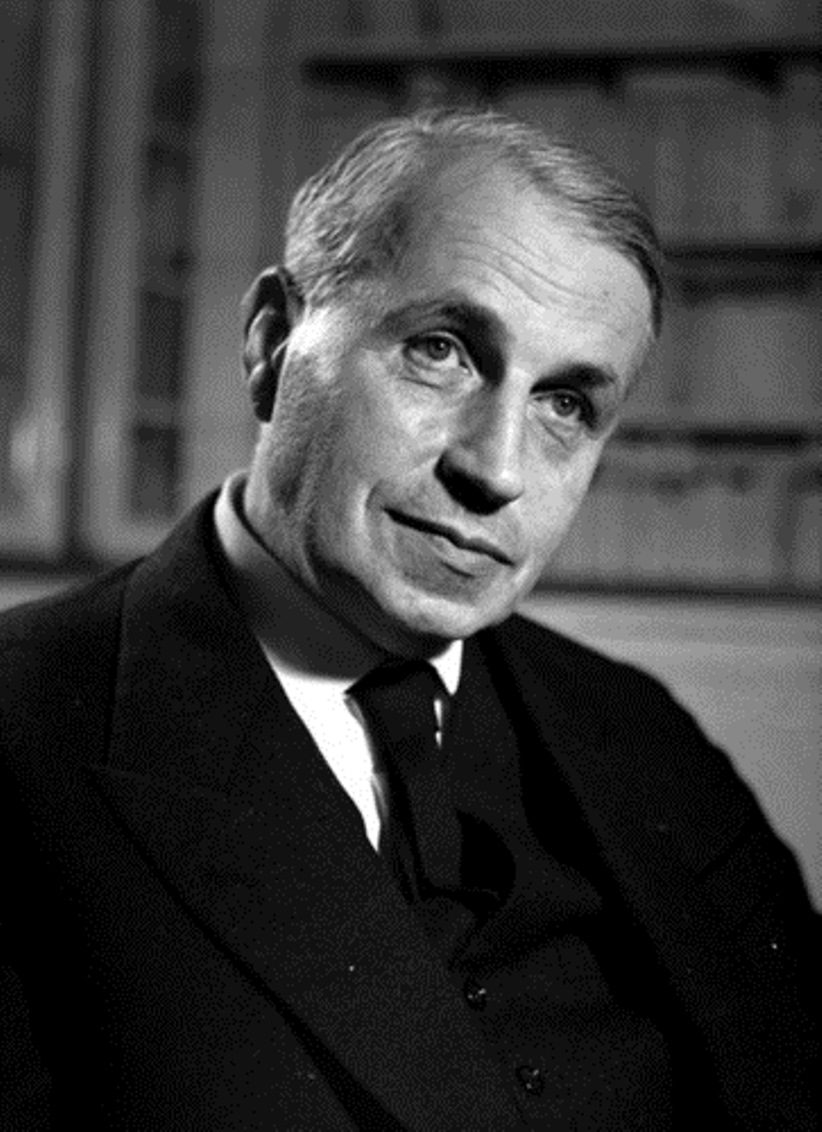


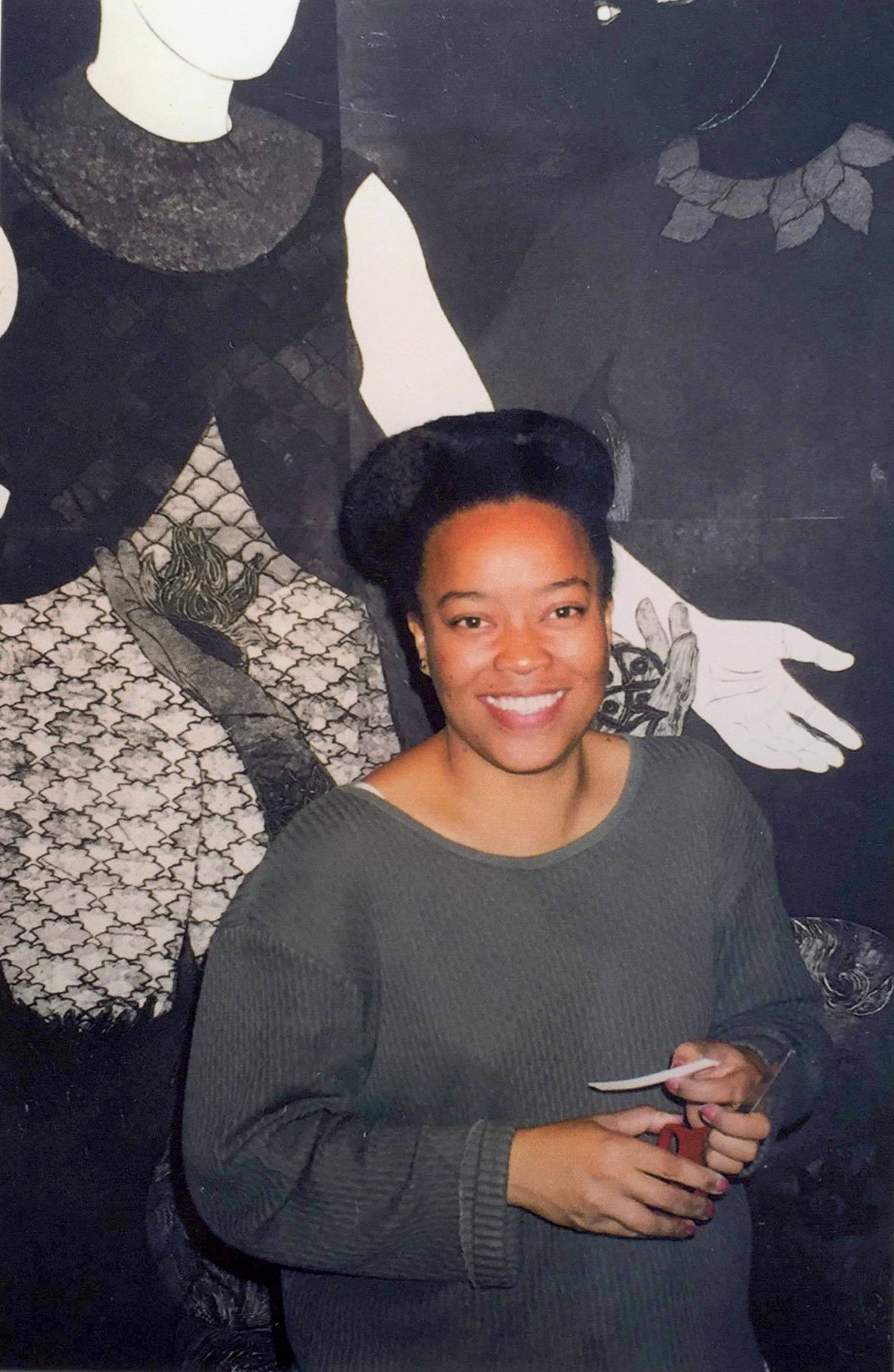
Belkis Ayón was a Cuban printmaker who specialized in the technique of collography. Ayón created large, highly-detailed allegorical collographs based on Abakuá, a secret, all-male Afro-Cuban society. Her work is often in black and white, consisting of ghost-white figures with oblong heads and empty, almond-shaped eyes, set against dark, patterned backgrounds.
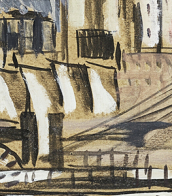

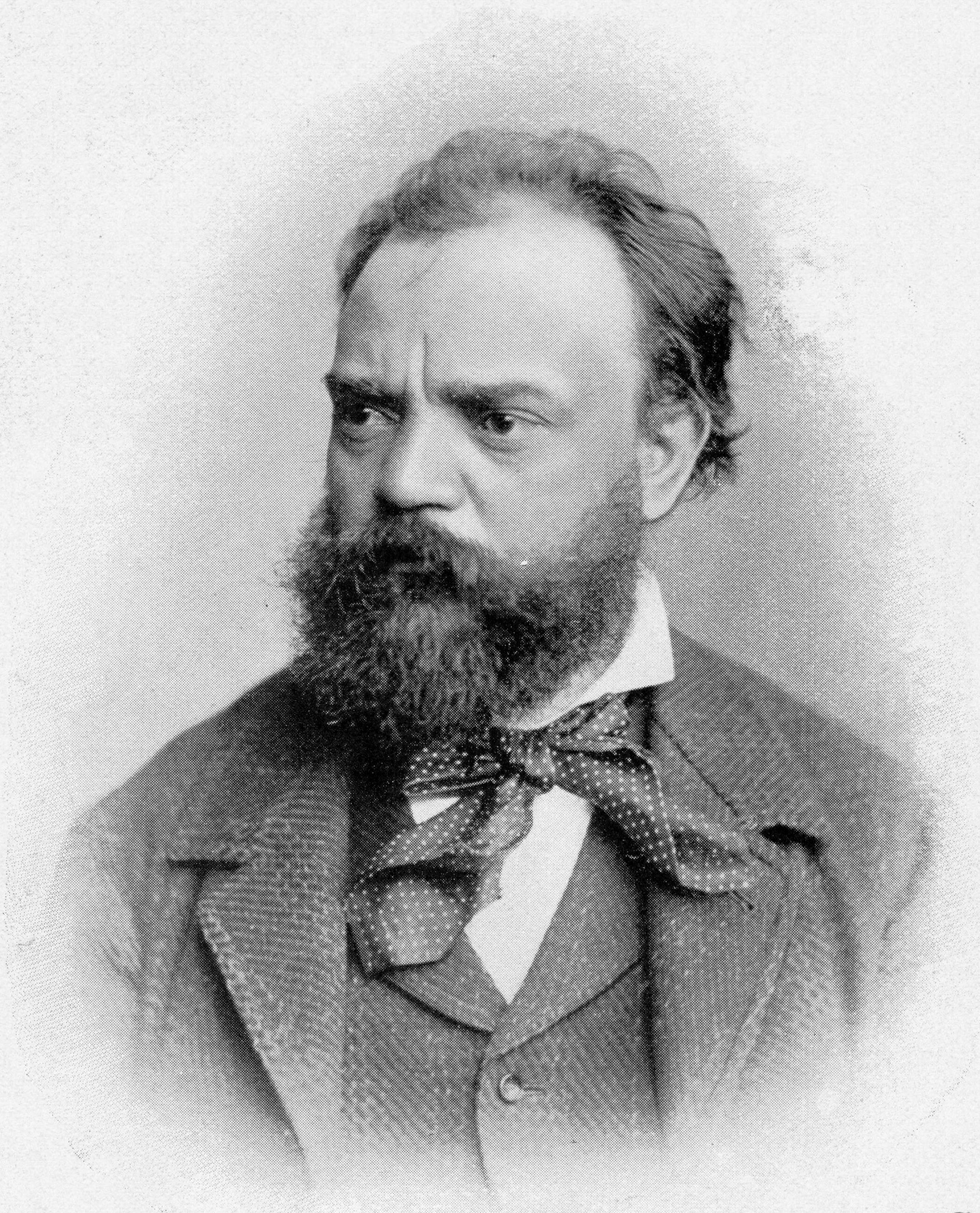
Antonín Leopold Dvořák was a Czech composer of the Romantic era and one of the founders of the Czech national school of music.
Dvořák showed musical talent early on and became an accomplished violinist. After graduating from the Institute of Church Music in Prague, he worked as a musician in various ensembles and taught, but lived very poorly. However, already in the 1860s he composed two symphonies, an opera, chamber music and many songs.
In 1875 Dvořák received a state scholarship from the Austrian government and met Johannes Brahms, with whom he developed a fruitful friendship. Dvořák's Moravian Duets (1876) for soprano and contralto and Slavonic Dances (1878) for piano duet first brought the composer and the music of his country to the world's attention. In 1884 he made a successful visit to England, and in 1890 the great composer Pyotr Ilyich Tchaikovsky arranged two concerts for him in Moscow. The following year Dvořák became an honorary doctor of music at Cambridge University.
In 1892 Dvořák accepted the post of director of the newly established National Conservatory in New York and, in addition to this work, traveled extensively in the United States, but in 1895 he returned to his homeland.
Through his work Dvořák expanded the path of the Czech national music school started by Bedřich Smetana. He composed in almost all classical music genres, and his symphonies and concertos, choruses and chamber compositions continue to be performed all over the world. Dvořák's best-known works include Symphony No. 9 "From the New World" (written in the USA), the opera Rusalka, the Concerto for Cello and Orchestra, the "American" String Quartet, Requiem, Stabat Mater and Slavonic Dances.
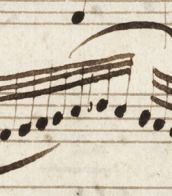
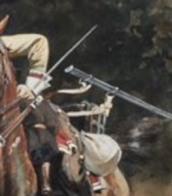

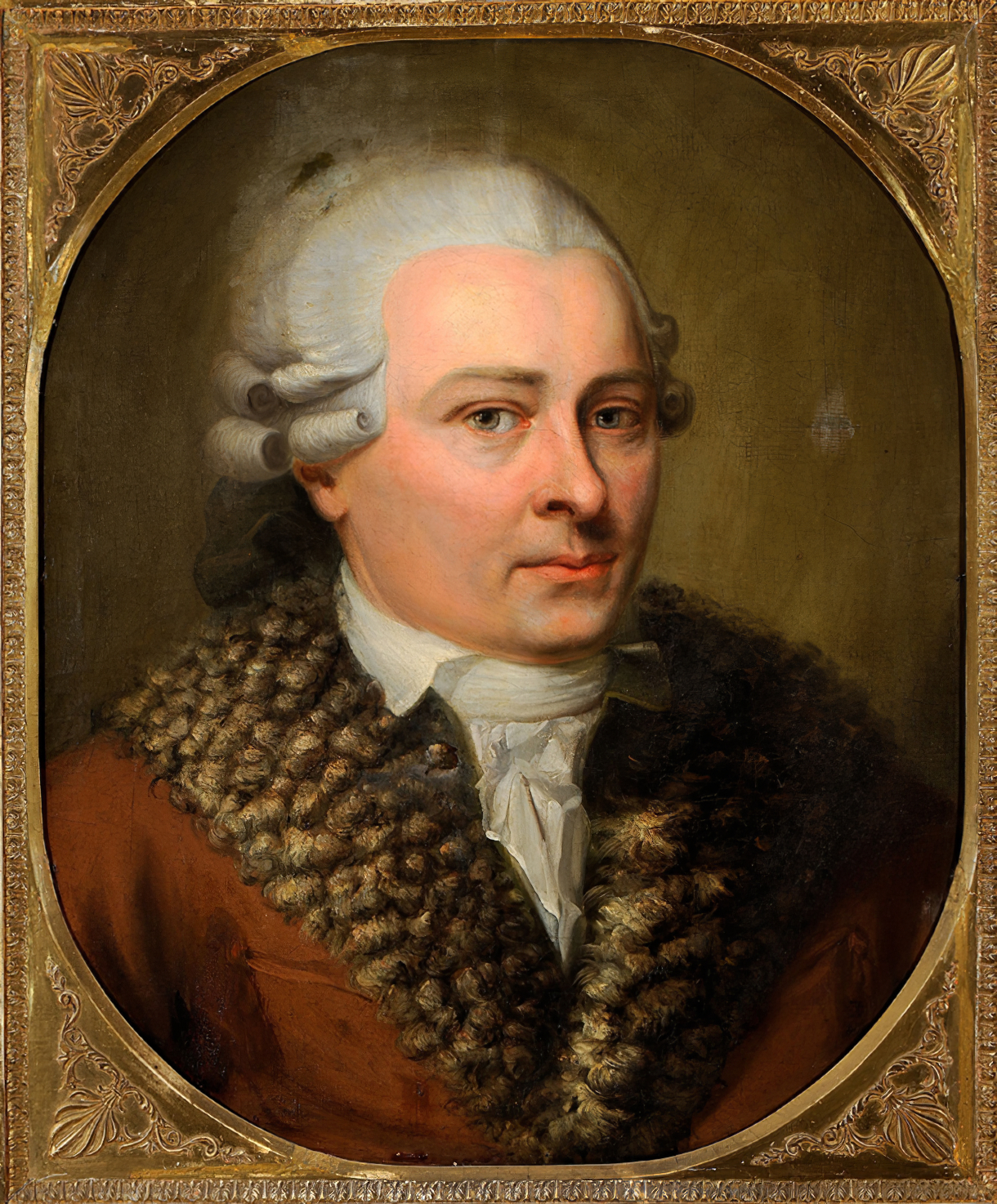
David Roentgen was a famous German cabinetmaker of the eighteenth century, famed throughout Europe for his marquetry and his secret drawers and poes and mechanical fittings. His work embraces the late Rococo and the Neoclassical styles.





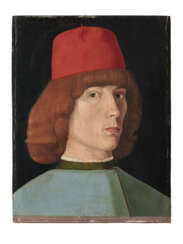

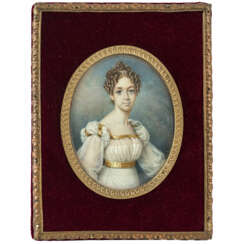

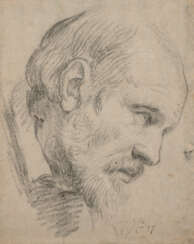



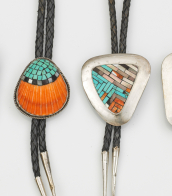


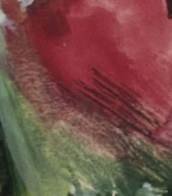
![[GÉNÉRATION PLUS]](/assets/image/picture_2426559/cc7be/bced0676ce6da88ce4d054dd381fb504jpg__fix_374_244.jpeg)
![[GÉNÉRATION PLUS]](https://veryimportantlot.com/assets/image/picture_2426559/cc7be/bced0676ce6da88ce4d054dd381fb504jpg__fix_374_244.jpeg)
